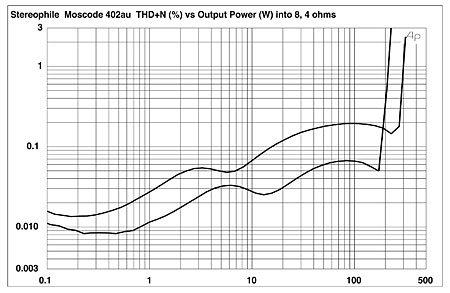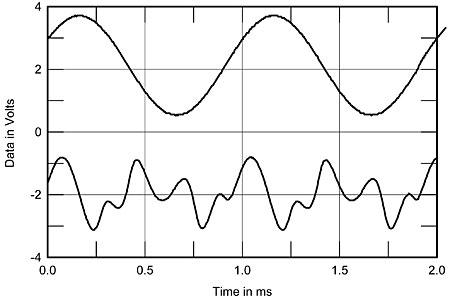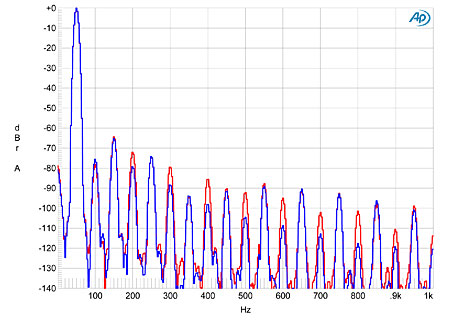| Columns Retired Columns & Blogs |
Whoa, finally a big powerful tube amp that looks sexy. Those parasounds are ugly but Stereophile always states they are a bargain for the money. They make my listening rm look dull. 1,000 watt listening room is my goal. Oysterheads is terrible rock, but to each his own.












































